 Copyright 2014 by Stackpole Books Published by
Copyright 2014 by Stackpole Books Published by
STACKPOLE BOOKS
5067 Ritter Road
Mechanicsburg, PA 17055
www.stackpolebooks.com All rights reserved, including the right to reproduce this book or portions thereof in any form or by any means, electronic or mechanical, including recording or by any information storage and retrieval system, without permission in writing from the publisher. All inquiries should be addressed to Stackpole Books, 5067 Ritter Road, Mechanicsburg, PA 17055. The contents of this book are for personal use only. Patterns contained herein may be reproduced in limited quantities for such use. Any large-scale commercial reproduction is prohibited without the written consent of the publisher. Printed in the United States of America 10 9 8 7 6 5 4 3 2 1 First edition Cover design by Tessa J.
Sweigert
Photography by Impact Xposures
Photographed at Crows Foot FarmLibrary of Congress Cataloging-in-Publication Data Heidbreder, Nola.
Knitting rugs / Nola Heidbreder and Linda Pietz. pages cm
ISBN 978-0-8117-1251-4
1. Rugs. 2. KnittingPatterns. I.
Pietz, Linda. II. Title.
TT850.H45 2014
746.7'3dc23
2014014764 eBook ISBN 978-0-8117-6048-5 Soli Deo Gloriam Many thanks to all of those who assisted and supported the writing of this book including Deb Smith, our family, the suppliers, Auburn Parks and Recreation, and the Knotty Knitters of Auburn and across the country.
Contents
CHAPTER 1CHAPTER 2CHAPTER 3CHAPTER 4CHAPTER 5CHAPTER 6CHAPTER 7Introduction
T hey say you should write the book that you would want on your bookshelf and that is precisely what we did. When we decided to write this book of patterns for knitted rugs, before one word was put to paper or one stitch knit, we brainstormed about what we, as knitters, would want in a book like this. First, we wanted the rugs to be easy to make.
Why create patterns that seem so impossible that no one would attempt to make them? Most of our rugs are easy enough for the confident beginner, but pleasurable enough to engage the experienced knitter. (Though lest you think all rugs in this book are for the novice knitter, there are a few that are a little more challenging!) We also wanted rugs that were quick to knit. Considering all of the modern conveniences that are supposed to save us all this time, how is it that we are so busy? That being said, we all can find a few precious moments to indulge in a row or two of our latest project. We designed the rugs in this book to be relatively quick to knit, so that you can enjoy making them quickly and, even more exciting, enjoy using them. In addition to easy and quick, we wanted the rugs to be fun to make! We just couldnt bring ourselves to create patterns that have you cast on, do a long stretch of mindless knitting, and then bind off. Among our collection of rugs are modular knits, mosaics, rugs made on a knitting spool, round rugs, rugs with holes, and even a rug with grass growing out of it.
Knitting these rugs is anything but mindless! Because of our love of history, we just had to include a few updates of historical rugs. And as we always like to say, our ancestors were the original recyclers, not throwing anything out, but cleverly reusing the limited resources they had. So along with the historical aspect of these rugs came the idea of repurposing materials such as wool work shirts and those T-shirts in our closets we all just hate to throw out. As much as we love knitting, we also love all things fiber, such as traditional rug hooking, crocheting, quilting, appliqu, and weavingto name just a few. We are betting that you are a fiber fanatic like we are and would enjoy adding some touches of those other disciplines into your rugs. So while many of the rugs in this book only use knitting techniques, there are a few that bring in other fiber arts in addition to knitting.
We know you will enjoy making these rugs as much as we enjoyed creating the patterns. Linda and Nola
The Rug Sisters
Module: An individual self-contained segment or unit. L arge knitting projects can be tedious because of the large number of stitches. This is what makes modular knitting so wonderfulyou can knit a large piece such as a rug a little bit at a time. The small pieces add variety, and completing each module gives you a sense of accomplishment. Another advantage to these rugs is that you can make them larger or smaller by adding or subtracting modules. Rugs where each module is made separately, such as the Forest Floor rug and the Seaside Freeform Rug are great take-along projects.
I always have what I call my emergency knitting with me wherever I go. You never know when you might have to sit waiting at the doctors office or while your husband runs into the auto parts store. No problemjust pull out that leaf or kelp youre working on! The modules for these rugs are easy to carry with you, and let you make the most of unexpected downtime. And trust me when I say dont forget your emergency knitting. I can tell you from experience: If I dont have it with me, things like the car breaking down happen, and there I am, waiting to be towed and all I can think of is how many modules I could have knitted.
 Sample Knitted by Cynthia Pettijohn
Sample Knitted by Cynthia Pettijohn E ach season has a beauty all its own, but there is just something about autumn.
Is there anything better than a brilliant blue sky framed by splashes of orange, red, and yellow leaves? And when you stroll through a woodland glade on such a day, the forest floor is covered with a mosaic of leaves that have already fallen. This is the inspiration for this rug pattern. Despite being botanically challenged, I have always had a fascination with leaf shapes. The basic shapes, captured in various shades of green and orange, lend themselves perfectly to a retro look. Ive included a variation that makes great use of these shapes. size 9 (5.5 mm) straight needles NOTIONS U.S. size I-9 (5.5 mm) crochet hook Tapestry needle GAUGE 4 sts = 1 in. (2.5 cm) in garter stitch FINISHED MEASUREMENTS 36 by 24 in. (91 by 61 cm)
LEAF COLORS
Oak Leaf: Color A (veins in color B)
Narrow Leaf: Color B (veins in color A)
Maple Leaf: Color C (veins in color D)
Fan-Shaped Leaf: Color D (veins in color C)
Wavy Leaf: Color E (veins in color F)
Oval Leaf: Color F (veins in color E)

PATTERN
Using the colors indicated above and two strands of yarn held together, knit at least 5 of each type of leaf.
OAK LEAF CO 2 sts.
Row 1 (RS): Knit.
Row 2 (WS): Knit.
Row 3: Kfb twice. (4 sts)
Row 4: K3, kfb. (5 sts)
Row 5: Kfb, k3, kfb. (7 sts)
Row 6: Kfb, k5, kfb. (9 sts)
Row 7: Kfb, k7, kfb. (11 sts)
Row 8: Kfb, k9, kfb. (13 sts)
Row 9: Kfb, k to end. (14 sts)
Row 10: Kfb, k to last st, kfb. (16 sts)
Row 11: Knit.
Row 12: Ssk, k to last 2 sts, k2tog. (14 sts)
Row 13: Ssk, k to last 2 sts, k2tog. (12 sts)

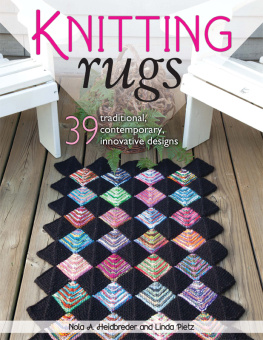

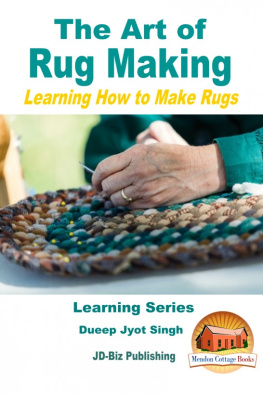


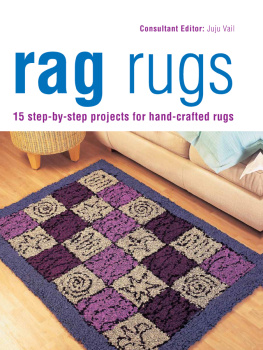
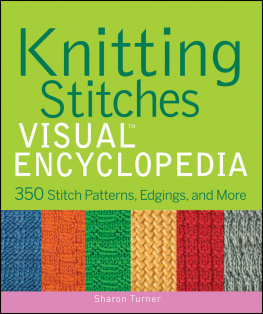


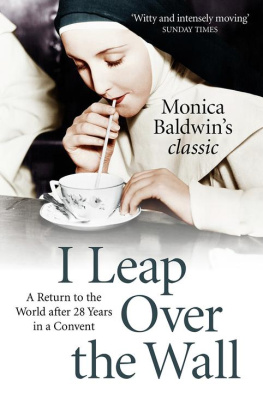

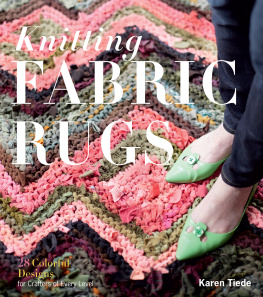
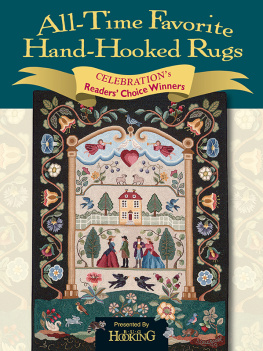
 Copyright 2014 by Stackpole Books Published by
Copyright 2014 by Stackpole Books Published by

 Sample Knitted by Cynthia Pettijohn E ach season has a beauty all its own, but there is just something about autumn.
Sample Knitted by Cynthia Pettijohn E ach season has a beauty all its own, but there is just something about autumn.